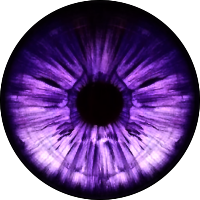
Hey all. I tend to design a lot of maps in Roll 20, and while the drawing tools are good I feel it is missing something that I feel could help out greatly. Maptools, while otherwise rubbish for gaming, had a function where you could fill boxes with textures and just drag along, instantly creating the floor tile you need. In Roll 20, the texture fill is only in bold colours. I feel it would streamline the process if we could use textures in the fill button. In summary, what I would like to see. * Go to Draw Shape, you have a few options to do an outside border and an inside. Along with making the outside border have thickness. * You have practically all the colours of the rainbow and a blank one. I would like to be able to choose textures for it and drag along. Hopefully I'm making sense on this :)



